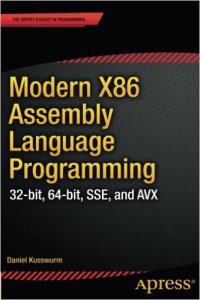Assembly Language Programming Profile
Assembly
An assembly language is a low-level programming language for a computer, or other programmable device. Assembly language is used by almost all modern desktop and laptop computers. It is as close to writing machine code without writing in pure hexadecimal. It is converted into executable machine code by a utility program referred to as an assembler.
Assembly language is infrequently used by programmers nowadays, but there are still good reasons to learn the language. It is the most powerful computer programming language available. Whilst assembly language shares very little with high level languages (such as Java, C#, Python etc), and assembly languages for different CPU architectures often have little in common, it gives programmers the insight required to write effective code in high-level languages. Assembly language is also used primarily for direct hardware manipulation, access to specialized processor instructions, or to address critical performance issues. Assembly is excellent for speed optimization.
FACTS
Type of Language: Imperative, unstructured
Designed by: –
Public Release: 1949
License: –
Website: –
RECOMMENDED OPEN SOURCE BOOKS
OPEN SOURCE SOFTWARE FOR DEVELOPERS
as – the GNU assembler.
USEFUL RESOURCES
RECOMMENDED BOOK TO BUY
PROGRAMMING LANGUAGE PROFILES |
|---|


